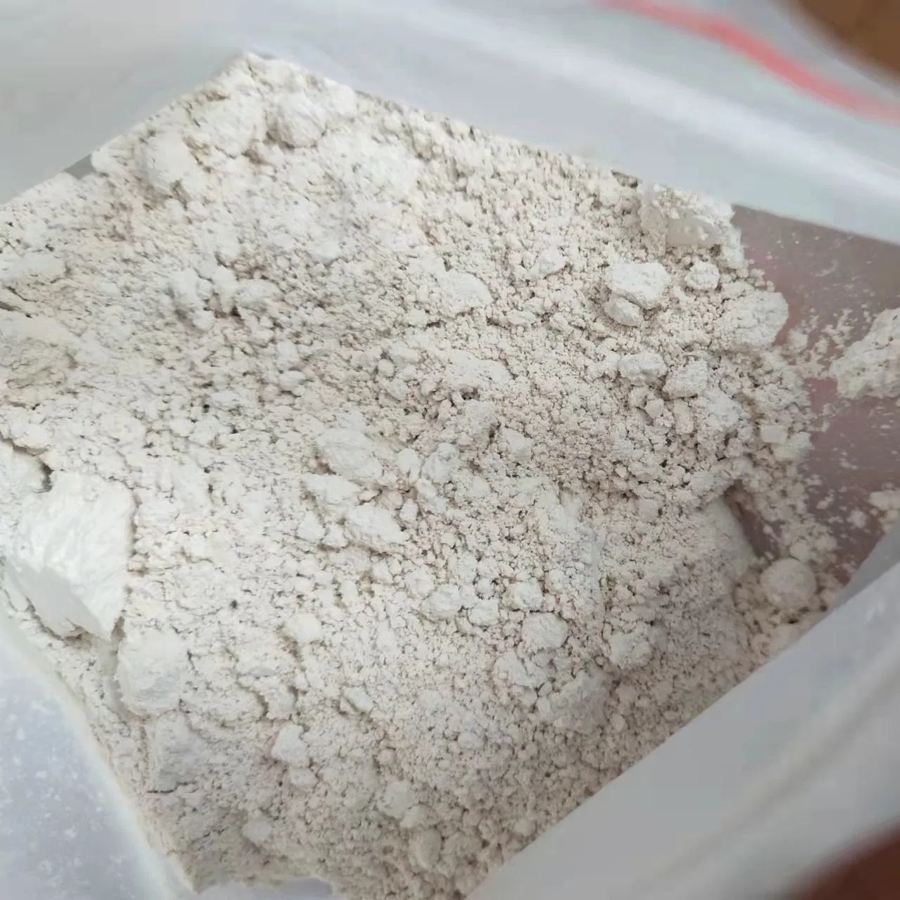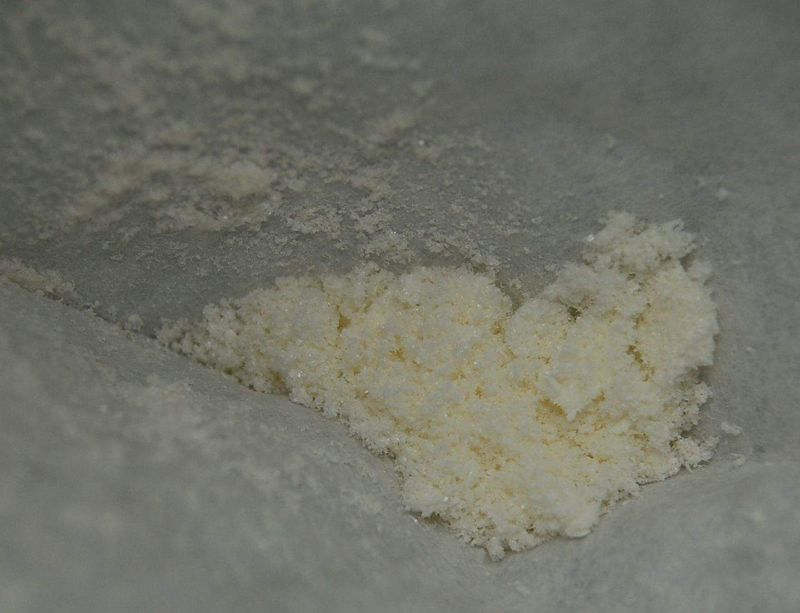
In the early 1950s, the US military approached chemical companies with a request to find a pain reliever that could act for at least 10-12 hours. Such a drug was supposed to protect a person seriously wounded in battle from pain shock until medical assistance arrived. Morphine or promedol, used at that time for first aid, relieved pain for only a few hours. In the course of this program, etonitazene and its 2-p-chlorobenzyl, an analogue of clonitazene, were obtained. Well, then, Western intelligence services became interested in the effect of etonitazen on the human psyche and the study of the drug was continued in special laboratories dealing with the problems of zombie.

Unfortunately, etonitazen never managed to become the “ideal analgesic”. Surpassing morphine in activity 50 times, etonitazen inherited all its disadvantages. When taken for a long time, it causes physical and psychological dependence. In high doses, etonitazene causes respiratory arrest in experimental animals for 10-20 respiratory cycles. Today, etonitazen is used in limited medicine.
The strength of this drug was so great that to get the effect it was enough to smoke a cigarette, inside which was a thin thread soaked in etonitazene. And even the ash of such a cigarette was still active – even smoked again, it facilitated withdrawal in drug addicts. Etonitazene is included in the UN list of highly dangerous drugs.













